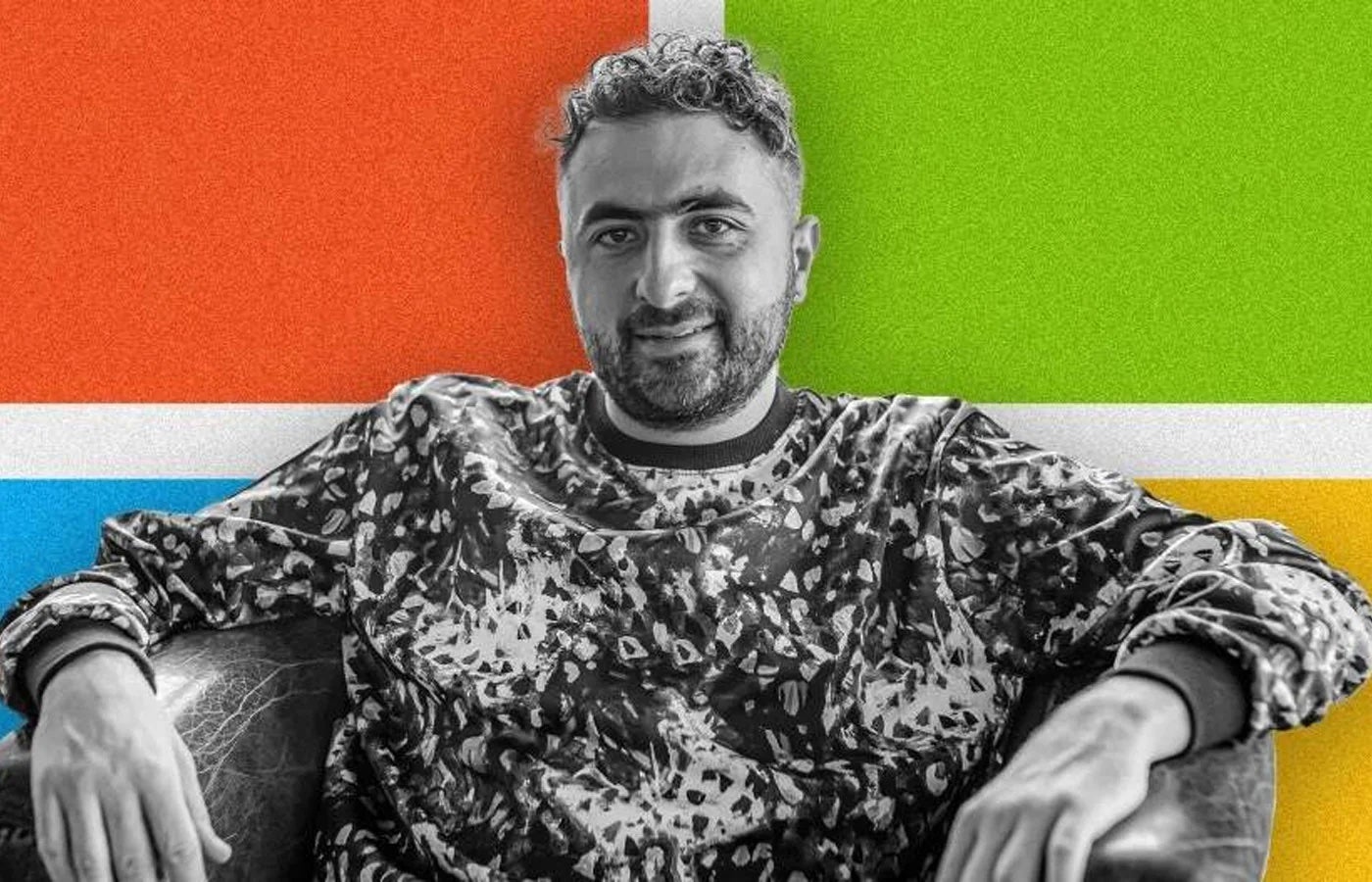A New Chapter in Microsoft’s AI Playbook
At a time when tech giants are racing to build the most powerful AI models on the planet, Microsoft is choosing a different lane — one that’s a little slower but potentially smarter.
Mustafa Suleyman, Microsoft’s CEO of AI, says the company isn’t in a rush to lead the frontier of AI development; instead, it’s intentionally choosing to lag a few months behind leaders like OpenAI. That might sound like a setback, but Suleyman says it’s a strategic move that could give Microsoft an edge.
A Different Approach to AI Development
“It’s cheaper to give a specific answer once you’ve waited for the first three or six months for the frontier to go first. We call that off-frontier,” Suleyman said in a recent interview. “That’s actually our strategy — to really play a very tight second, given the capital-intensiveness of these models.”
Microsoft’s AI Systems
Microsoft’s AI systems, including Copilot, are heavily powered by OpenAI’s models. The tech giant has invested nearly $14 billion in the San Francisco startup, making it a key partner in Microsoft’s AI journey. But Suleyman also made it clear that Microsoft is gradually working toward self-sufficiency.
The Role of OpenAI
Microsoft is heavily reliant on OpenAI for large models like GPT-4, but Suleyman emphasized the importance of eventually developing AI models independently. “Long-term, it’s absolutely mission-critical that we are able to do AI self-sufficiently at Microsoft,” he said.
The Phi Project
Microsoft is working on its own smaller, open-source models under the Phi project. These models are designed to run on personal computers rather than massive GPU clusters, making them more accessible and cost-effective to deploy.
Cracks in the Microsoft-OpenAI Partnership
The close ties between Microsoft and OpenAI have started to show some strain. Last year, Microsoft quietly added OpenAI to its list of competitors. And in January, OpenAI surprised many by teaming up with Oracle on its $500 billion Stargate project — a move that ended Microsoft’s exclusive status as OpenAI’s cloud provider.
The Bigger Picture
Microsoft may not be chasing the AI crown, but it’s still playing a long game. With a powerful AI team, deep investments in infrastructure, and a broad customer base, it doesn’t need to lead the race to win it.
By staying just behind the bleeding edge, the company hopes to avoid costly mistakes and offer more stable, reliable solutions to real-world problems.
Conclusion
Microsoft’s approach to AI development may not be as flashy as some of its competitors, but it’s a strategy that could pay off in the long term. By focusing on stability and reliability, Microsoft aims to build trust with its customers and establish itself as a leader in the AI space.
FAQs
Q: Why is Microsoft choosing to lag behind OpenAI in AI development?
A: Microsoft is intentionally choosing to lag behind leaders like OpenAI to avoid costly mistakes and offer more stable, reliable solutions to real-world problems.
Q: How does Microsoft plan to develop its own AI models independently?
A: Microsoft is working on its own smaller, open-source models under the Phi project, which are designed to run on personal computers rather than massive GPU clusters.
Q: What is the role of OpenAI in Microsoft’s AI journey?
A: OpenAI is a key partner in Microsoft’s AI journey, providing large models like GPT-4. However, Microsoft is gradually working toward self-sufficiency and developing its own AI models independently.
Q: Why did Microsoft add OpenAI to its list of competitors?
A: Microsoft added OpenAI to its list of competitors due to the growing competition in the AI space, and to signal that it is no longer relying solely on OpenAI for its AI needs.








